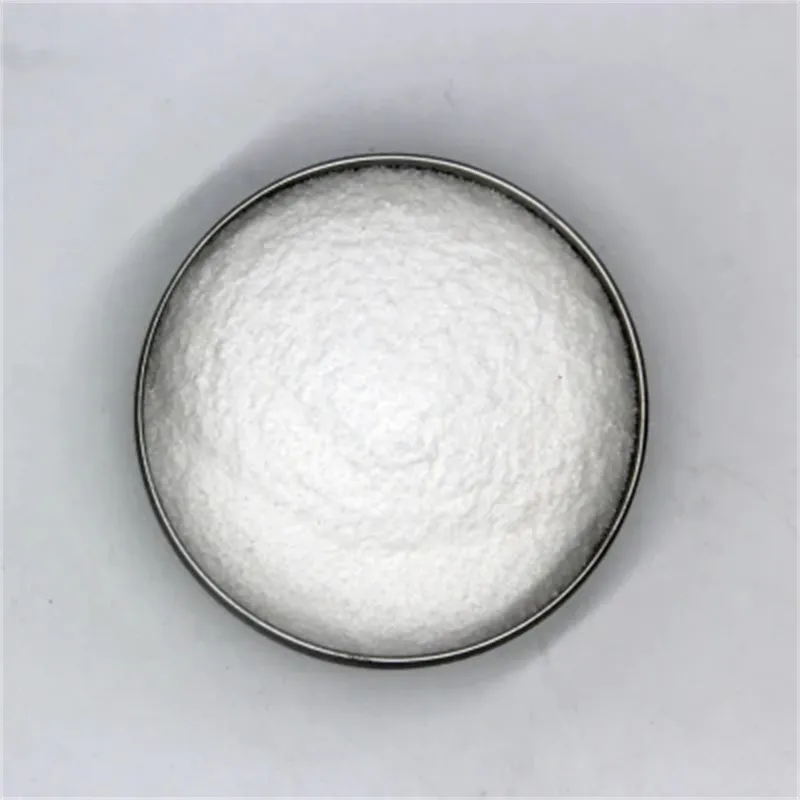Warning: Undefined array key "title" in /home/www/wwwroot/HTML/www.exportstart.com/wp-content/themes/1198/header.php on line 6
Warning: Undefined array key "file" in /home/www/wwwroot/HTML/www.exportstart.com/wp-content/themes/1198/header.php on line 7
Warning: Undefined array key "title" in /home/www/wwwroot/HTML/www.exportstart.com/wp-content/themes/1198/header.php on line 7
Warning: Undefined array key "title" in /home/www/wwwroot/HTML/www.exportstart.com/wp-content/themes/1198/header.php on line 7
- Afrikaans
- Albanian
- Amharic
- Arabic
- Armenian
- Azerbaijani
- Basque
- Belarusian
- Bengali
- Bosnian
- Bulgarian
- Catalan
- Cebuano
- China
- China (Taiwan)
- Corsican
- Croatian
- Czech
- Danish
- Dutch
- English
- Esperanto
- Estonian
- Finnish
- French
- Frisian
- Galician
- Georgian
- German
- Greek
- Gujarati
- Haitian Creole
- hausa
- hawaiian
- Hebrew
- Hindi
- Miao
- Hungarian
- Icelandic
- igbo
- Indonesian
- irish
- Italian
- Japanese
- Javanese
- Kannada
- kazakh
- Khmer
- Rwandese
- Korean
- Kurdish
- Kyrgyz
- Lao
- Latin
- Latvian
- Lithuanian
- Luxembourgish
- Macedonian
- Malgashi
- Malay
- Malayalam
- Maltese
- Maori
- Marathi
- Mongolian
- Myanmar
- Nepali
- Norwegian
- Norwegian
- Occitan
- Pashto
- Persian
- Polish
- Portuguese
- Punjabi
- Romanian
- Russian
- Samoan
- Scottish Gaelic
- Serbian
- Sesotho
- Shona
- Sindhi
- Sinhala
- Slovak
- Slovenian
- Somali
- Spanish
- Sundanese
- Swahili
- Swedish
- Tagalog
- Tajik
- Tamil
- Tatar
- Telugu
- Thai
- Turkish
- Turkmen
- Ukrainian
- Urdu
- Uighur
- Uzbek
- Vietnamese
- Welsh
- Bantu
- Yiddish
- Yoruba
- Zulu
Nov . 07, 2024 17:06 Back to list
Polymer-Modified Chromic Acid for Enhanced Catalytic Applications and Environmental Safety
The Role of Polymer-Supported Chromic Acid in Catalysis and Organic Synthesis
Chromic acid, a potent oxidizing agent traditionally used in various chemical processes, has been a cornerstone in organic synthesis and industrial applications. However, the handling and disposal of chromic acid present significant environmental and safety concerns. To mitigate these challenges while retaining its catalytic efficiency, researchers have turned to polymer-supported chromic acid systems. These innovative materials incorporate chromic acid into polymer matrices, enhancing usability and reactivity while reducing the risks associated with its use.
Understanding Polymer-Supported Catalysis
Polymer-supported catalysts offer several advantages over their homogeneous counterparts. By anchoring active species to a solid support, these systems facilitate easier separation and recycling of the catalyst after reactions. Furthermore, the immobilization of catalysts can lead to improved stability and reactivity, which is essential for many oxidative processes. Polymer-supported chromic acid exemplifies this concept, allowing for effective oxidation reactions while minimizing the hazards associated with free chromic acid.
Synthesis and Characterization
The preparation of polymer-supported chromic acid typically involves the functionalization of a polymer backbone with chromic acid or its derivatives. Various polymers, such as polystyrene, polyethylene glycol, and polyacrylate, can serve as supports. The choice of polymer impacts both the catalytic activity and selectivity of the resulting system. Characterization techniques, such as Fourier-transform infrared spectroscopy (FTIR), nuclear magnetic resonance (NMR), and scanning electron microscopy (SEM), are employed to confirm the successful incorporation of chromic acid into the polymer matrix and to evaluate the morphological attributes of the resulting materials.
Applications in Organic Synthesis
polymer supported chromic acid

One of the primary areas where polymer-supported chromic acid has shown significant promise is in the oxidation of alcohols to carbonyl compounds. This transformation is vital in the synthesis of pharmaceuticals, agrochemicals, and fragrances. The immobilized catalyst often provides a more selective and efficient oxidation route, which can lead to higher product yields and reduced by-products compared to traditional methods.
Moreover, polymer-supported chromic acid has been employed in the oxidation of alkenes to epoxides, a reaction that can be challenging due to the need for high selectivity and yields. The support enhances the control over the reaction conditions and allows for the modulation of reactivity based on the polymer's structure.
Environmental and Safety Considerations
The encasement of chromic acid within a polymer matrix significantly addresses the environmental and safety challenges posed by traditional chromic acid usage. The risks of exposure to toxic chromium species are minimized, and the solid nature of the supported system facilitates safe handling and disposal. Advanced studies have also looked into the recyclability of these materials, where the polymer-supported catalysts can be reused multiple times with maintained or improved catalytic efficiency, contributing to more sustainable chemical practices.
Conclusion
Polymer-supported chromic acid represents a significant advancement in catalyst design for organic synthesis. By combining the oxidative power of chromic acid with the benefits of polymer support, researchers are paving the way for safer, more efficient, and environmentally friendly synthetic methodologies. As the field progresses, further exploration into the optimization of these systems and their applications could lead to broader implications in both academia and industry, enhancing the versatility and sustainability of chemical processes. This innovative approach underscores the importance of integrating safety and efficiency in the design of chemical processes, reflecting a critical step towards the development of greener chemistry.
Latest news
-
Certifications for Vegetarian and Xanthan Gum Vegetarian
NewsJun.17,2025
-
Sustainability Trends Reshaping the SLES N70 Market
NewsJun.17,2025
-
Propylene Glycol Use in Vaccines: Balancing Function and Perception
NewsJun.17,2025
-
Petroleum Jelly in Skincare: Balancing Benefits and Backlash
NewsJun.17,2025
-
Energy Price Volatility and Ripple Effect on Caprolactam Markets
NewsJun.17,2025
-
Spectroscopic Techniques for Adipic Acid Molecular Weight
NewsJun.17,2025

